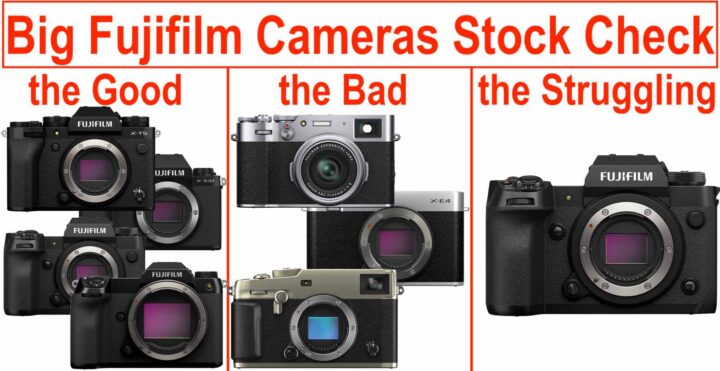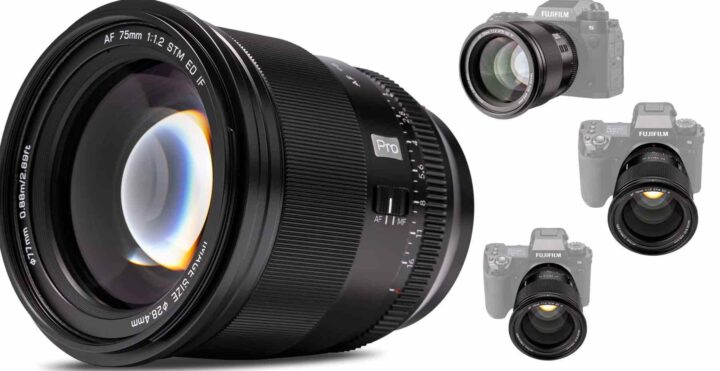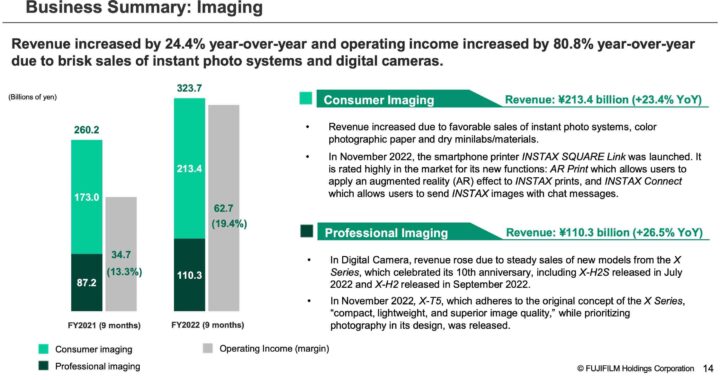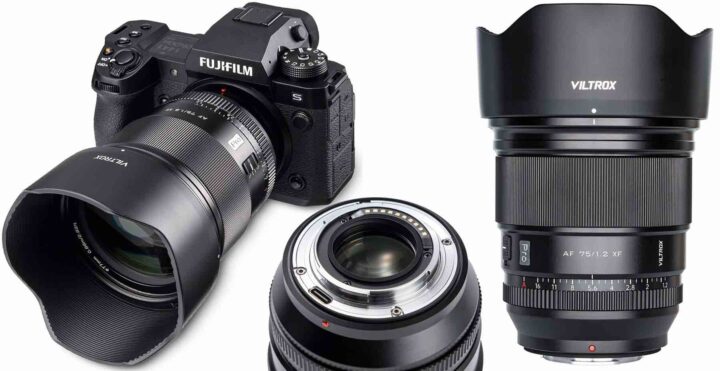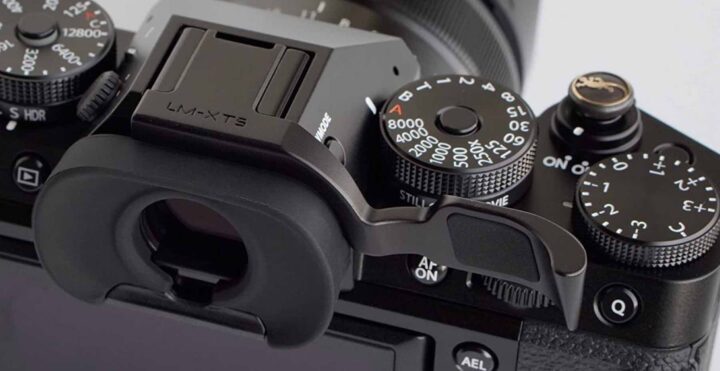Fujifilm X100V Stock in Fall 2023? The Bad (X100V, X-E4, X-Pro3), the Good (X-T5, X-H2S, GFX) and the Struggling (X-H2)
It’s true, the Fujifilm X100V is hard to find these days.
But it’s actually much worst than that.
I took a look at all Fujifilm camera lines (the ones that survived, not the ones axed by Fujifilm), and we can see that the X100V enjoys great company when it comes to long waiting times.
What’s easy to find in stock are the higher end high profit margin top tier mainstream cameras.
This gives us two options on what is going on:
- Fujifilm gear has suddenly become terribly popular, except for the X-T5 and X-H2s which don’t sell and hence are easy to find in stock
- Fujifilm is struggling with parts procurement and is prioritizing high profit margin cameras that sell well and are crucial for Fujifilm’s future
I don’t know you, but I’d go for Nr.2.
Now let’s look at the situation today.
The Bad
X100V silver is expected to be in stock in fall 2023 at BHphoto. No time indication for the black X100V. You find only overpriced marketplace X100V cameras on Amazon. Out of stock pretty much everywhere.
X-Pro3 dura silver is expected in 2 to 4 weeks. No time indication for all other colors. Given that the X-Pro3 is slowly being discontinued, I am not very opmtistic about its future stock status.
- Fujifilm X-Pro3: BHphoto / AmazonUS / Adorama / FocusCamera
X-E4 black is expected to ship in 6 to 10 weeks at BHphoto. No time indication for the other colors and kit combinations. We remind you the X-E4 was launched in January 2021 and the last time I’ve noticed the X-E4 in stock was back in October 2021. Not even the X100V has such a bad shipping record as the X-E4.
- Fujifilm X-E4: BHphoto / AmazonUS / Adorama / Focuscamera / Moment
The Good
The Fujifilm X-T5 (both colors) is expected in 7 to 14 days at BHphoto. You can find it in stock at Amazon US and Adorama. There is 1 to 2 weeks waiting at Moment only for the black version.
The Fujifilm X-H2s is easy to find in stock. And you even get Capture One 23 for free if you buy it at Adorama.
The Fujifilm X-S10 is easy to find in stock.
The Fujifilm X-T30II is in stock in silver and the black one is expected in 7 to 14 days at BHphoto. It is in stock in both colors at Adorama here. You can find it in stock also via third party sellers at Amazon, and if you buy sold by Amazon it will ship in late February.
- Fujifilm X-T30 II: BHphoto / AmazonUS / Adorama / Focuscamera / Moment
The Struggling
The Fujifilm X-H2 is expected in 7 to 14 days at BHphoto. Out of stock with no time indication given at AmazonUS, Adorama and Moment. I guess the huge chunk of 40MP sensors Fujifilm has available are used for the Fujifilm X-T5, so this inevitably means that it prolongs the waiting for the Fujifilm X-H2.
The GFX
All good on the GFX front, with all cameras being easily available.

